Do you have a question about the Sylvania LC260SS2 and is the answer not in the manual?
Explains the risks associated with flat panel displays, including tip-over hazards.
States the consumer electronics industry's commitment to making home entertainment enjoyable and safe.
Provides essential safety tips for proper installation and use of the flat panel display.
Details essential precautions and steps for safely wall mounting the flat panel display.
Describes symbols used throughout the manual for clarity and understanding.
Provides step-by-step instructions for securely attaching the TV base to the unit.
Guides on securing the TV unit to furniture using screws for stability.
Instructions on how to correctly insert batteries into the remote control.
Tips for organizing and managing cables connected to the TV for a tidy setup.
Instructions for connecting an antenna to the TV for signal reception.
Guidance on connecting external TV signal sources like cable or satellite boxes.
Steps for safely connecting the TV to a power outlet.
Guides the user through the first-time setup, including language and channel scanning.
Allows freezing the TV screen image for a short duration.
Sets the TV to automatically turn off after a specified time.
Covers volume adjustment, mute, and audio mode selection.
Explains how to select audio languages or modes for broadcasts.
How to switch between different input sources like TV, HDMI, etc.
Adjusts the picture aspect ratio and display format for optimal viewing.
Guides on selecting TV channels using remote or number buttons.
Displays current channel details, program info, and audio status.
Controls for connected compatible devices via HDMI link.
Introduces picture adjustment options available in the menu.
Introduces sound adjustment options available in the menu.
Overview of setup, features, and language selection menus.
Guides on configuring picture mode, brightness, contrast, and color.
Guides on configuring sound mode, equalizer, and volume leveling.
Manages audio output selection for TV speakers or external amplified systems.
Rescans channels, manages lists, and configures antenna/cable input.
Configures closed captioning, channel locking, and other advanced features.
Implements parental controls, PIN codes, and program blocking.
Controls linked HDMI devices and optimizes power consumption settings.
Sets the TV's operating location and the on-screen menu language.
Connects devices using HDMI for high-quality digital video and audio.
Connects devices with DVI output using an HDMI-DVI conversion cable.
Connects devices using component video cables for enhanced picture quality.
Connects devices using S-Video for good quality analog video.
Connects devices using composite video for standard analog picture quality.
Connects to external digital audio devices for multi-channel sound.
Connects to external analog audio devices for stereo sound.
Connects the TV to a PC to use it as a monitor.
Addresses common user queries regarding remote, setup, and reception issues.
Offers solutions for common operational problems and symptoms.
Defines technical terms and acronyms used throughout the manual.
Provides guidance on cleaning the unit and when to seek professional service.
Lists technical details like TV format, dimensions, power requirements, and terminals.
Outlines the terms, coverage, exclusions, and limitations of the product warranty.
Details the open-source software licenses used in the product.
| Screen Size | 26 inches |
|---|---|
| Display Technology | LCD |
| Resolution | 1366 x 768 |
| Aspect Ratio | 16:9 |
| Contrast Ratio | 800:1 |
| Response Time | 8 ms |
| Viewing Angle (H) | 170 degrees |
| Viewing Angle (V) | 160 degrees |
| Power Consumption | 110W |
| Inputs | HDMI, Component, Composite, VGA |
| Brightness | 450 cd/m² |
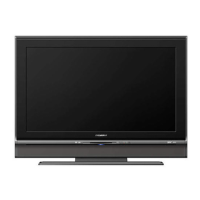
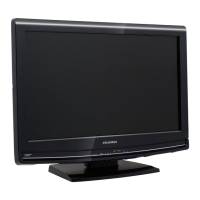
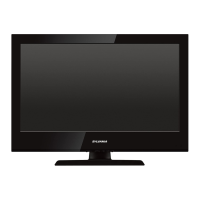
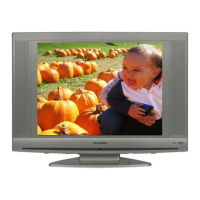
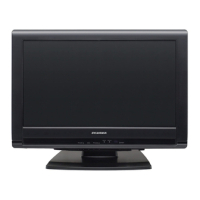
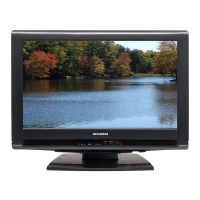
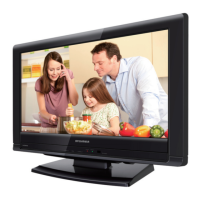
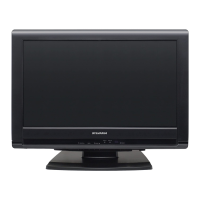
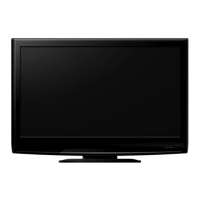
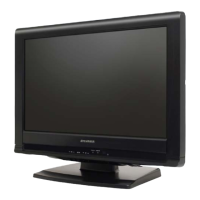
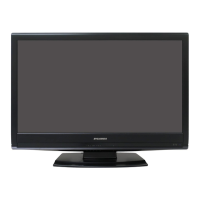
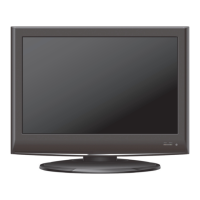
